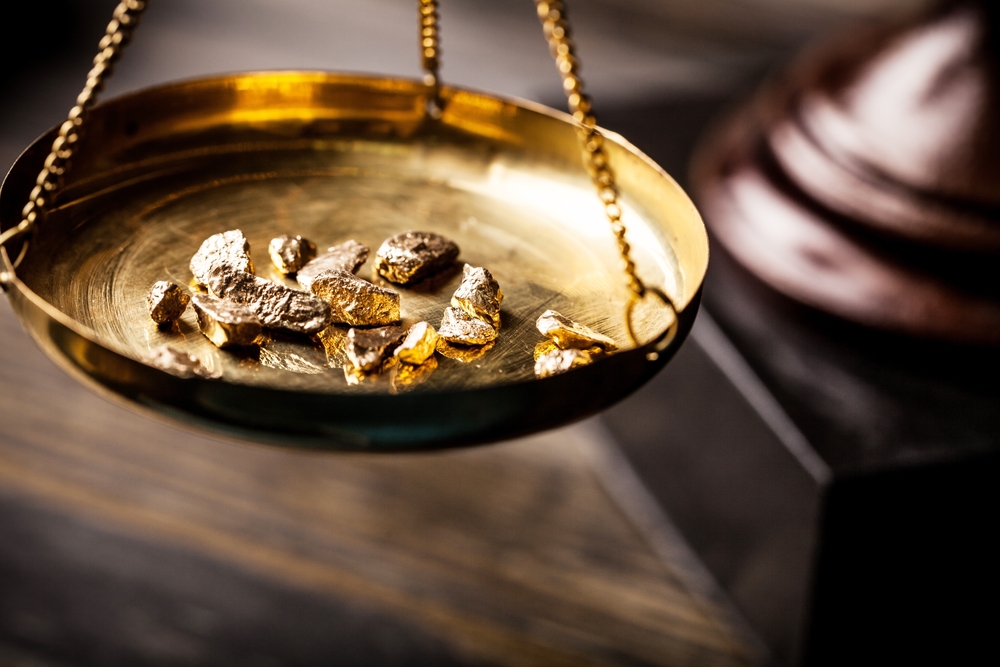Gold Facts

In some ways, gold is a primal element of humanity. There is plenty of evidence to suggest that we’ve used a few other metals longer, but gold has been with us for a very long time. Jewelry, decorations, and architectural highlights have all enjoyed the use of gold. Its unique glint and glimmer draws people to it. There is more to gold than just its shine though. Most people aren’t aware of all that we use it for or other interesting facts. OROGOLD loves gold and, as a result, we have a special place in our collective heart for gold. So here is a short collection of interesting facts about this surprisingly versatile metal that should give you a greater appreciation and understanding of the metal.
24K Purity
Most people are familiar with the purity of gold being measured in carats. The word itself seems to derive from a reference to the seed of the carob tree. There is a bit of debate among scholars as to how carat came into existence though as some argue that the seeds were used to measure gold in markets while others argue that it was not. Regardless, we still use carat as a way to discuss the metal’s purity. Purity increases alongside the carat number with 24 carats being pure gold. This is ultimately misleading in the modern era where we have a clearer idea of the chemical makeup of gold though. 24K gold does typically contain trace elements of other metals such as copper or silver, but not enough that the gold counts as a true alloy. These trace elements are the actual causes of topical skin reactions to “gold”.
Harmless Fun
You can actually eat gold. People have been doing this for centuries. Golf leaf, an amalgamation of silver and gold, has been ground to flakes and used to garnish the food of rulers and other important figures throughout history. There are a lot of notes of this happening in the medieval era to help show off the wealth of a host in the era. The practice continues to this day to offer an interesting visual highlight to meals in certain places the world over. Most metals are harmful for people to eat like this, but gold is an interesting exception. It is a more or less inert metal that doesn’t react to the body at all. It isn’t toxic or anything at all to the body. OROGOLD recommends looking around for any restaurants you may pass near that use gold as a garnish. Even if you don’t order such a dish, you’ll probably have a memorable meal.
The Many Faces of Gold
Take a good long look at your cell phone and the other electronics that make your life possible. Many of the connectors in these devices use a small amount of gold due to providing a corrosion resistance conductor. This is one of its most common uses simply due to the sheer volume of electronics made every year. The amount of gold used is very small though. Medicine has a few applications for it as well that involve using it as tracking or tagging agent to assist in research and fighting cancer. There are a handful of uses for gold-based compounds as well. Amusingly, gold has even made its way into space thanks to its ability to provide shielding against electromagnetic radiation. Astronauts and even the satellites that make modern communication possible typically have at least a little bit of gold in the protective areas of their suits or shells to ensure things go smoothly. These still represent only a fraction of what gold gets used for every year.
Gold is an interesting material. It once governed most currency on Earth. Furthermore, it is a much cherished decorative material. It can be so much more though. OROGOLD has its own uses for the metal, but other industries likewise strive to find more and more applications for the metal. The good news is there’s probably still plenty of gold to dig out of the ground. Gold has been with us for a long time and it looks like it is here to stay.

